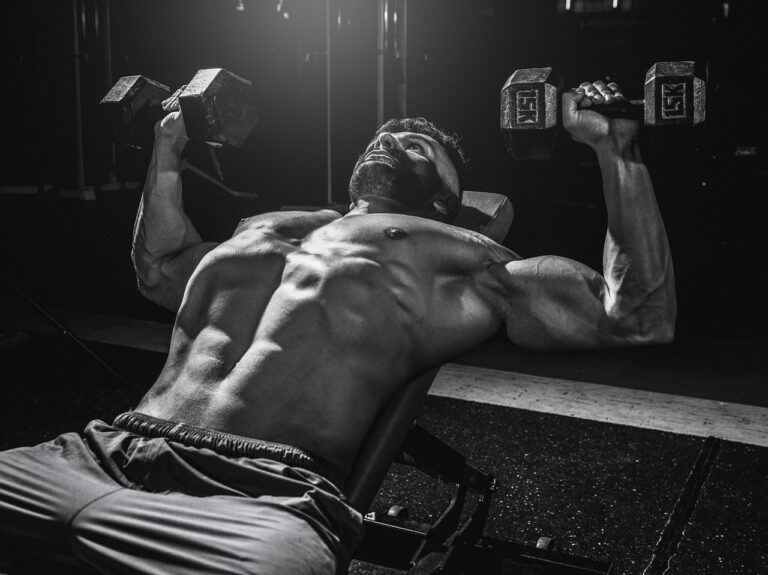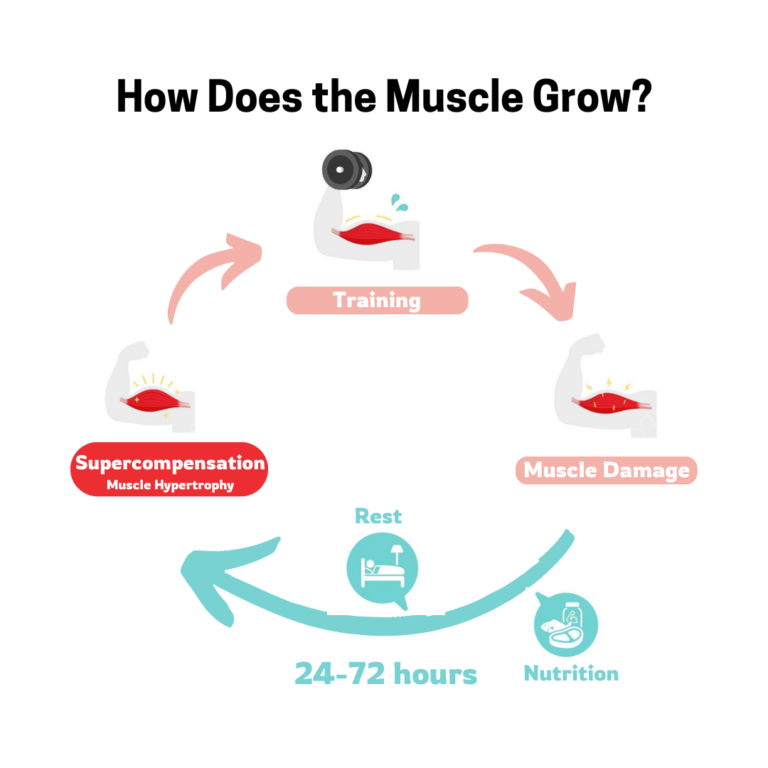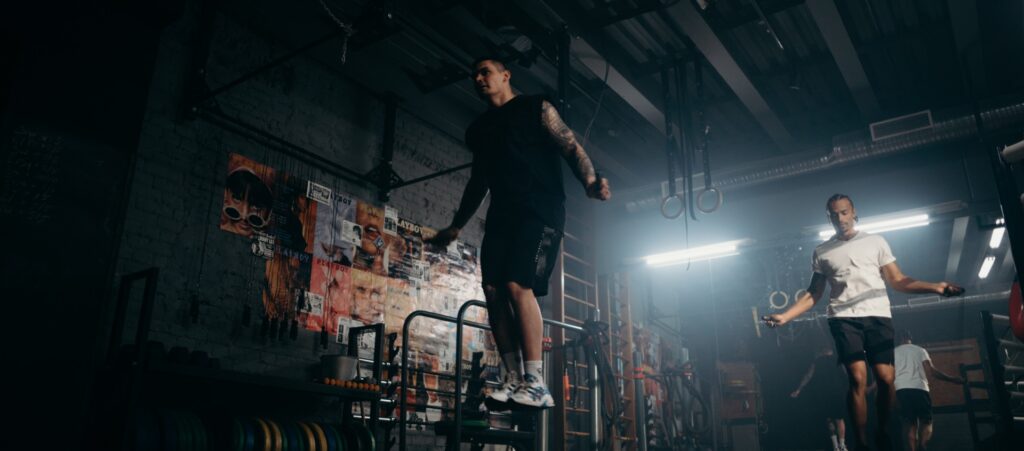How Does the Muscle Grow
Muscle growth (hypertrophy) is a complex biological process in which physiological, neurological, but also biochemical changes are induced by resistance training or other stimuli. If you’re a bodybuilder, athlete or simply someone trying to stay fit in general it’s important to know how a muscle grows so that you can optimise your workouts and reach your fitness goals. What follows is a look at how you can maximize muscle growth, including the science behind it and the factors that influence such growth.
How Long Does It Take to Build Muscle?
When you begin that weight lifting routine you want results, fast! The troubled few don’t weight pick up and weight down for fun. However, how long do you build muscle in? The answer is a lot different, and depends on many various factors such as: age, diet, how much and how often that you lift. Read our advice on how to build muscle safely and effectively.
How do muscles grow?
Your body’s most changeable tissue to alter is skeletal muscle. When you do extreme exercise — like weightlifting — you injure, or traumatize, your muscle fibers. If your muscles are injured this way, satellite cells on the outside of the muscle fibers get activated. As they try to heal themselves (the damaged muscle fiber) from within, they join together and then amplify the muscle fiber. Even certain hormones actually help your muscles grow. They control the satellite cells and are responsible for things like:
–Sending your cells to your muscles after exercise
–Forming new blood capillaries
–Repairing muscle cells
–Managing muscle mass
Main Factor of Muscle grow
Building muscle occurs if challenged by the muscles and creating small tears and your body repairs them to be stronger. Here’s the simple process:
1.Exercise Causes Stress: Lifting weights or working out with any other exercises such as push ups put pressure on your muscles (muscle fibers) and “micro tears” them!
2.Body Repairs the Tears: And after your workout your body begins repairs for those tiny tears. Help is given by special cells that come and repair muscle fibres and make them a bit stronger than before.
3.Protein Helps Rebuild Muscle: Food such as chicken, beans, and eggs is protein, which your body needs to rebuild. The building blocks of muscle making are protein.
4.Hormones Play a Part: Hormones like the testosterone and growth hormones are used by your body to grow muscle. They serve the role of signals to your body to repair and build muscle after a workout.
5.Progress and Rest Are Key: Growing muscle requires you to continually push yourself to lift a bit heavier weights or to do more reps. Additionally, rest days and sleep are very important because muscles actually grow when we’re rest, not when we’re working out.
What muscles grow and how can you help grow them?
1.Types of Muscle Growth (Hypertrophy):
This type forms more, and larger ones, of myofibrils (muscle fibers) in the muscle. This makes your muscles stronger and denser.
2.Progressive Overload:
You’ve got to put on more ‘load’ or stress to keep muscles growing. It’s not just extra weight you’re putting on it, you can also increase the amount of reps you do, how long you hold a position, or the intensity of your workout.
3.Nutritional Needs:
-Protein is important because it contains amino acids (the “building blocks ” of your body used in muscle repair and growth) Protein rich foods include chicken, fish, tofu or legumes.
-Carbohydrates are important too! This is because carbs before and after a workout give you energy and help to refuel you enough to workout.
– Also fats play part, especially with the production of hormones like testosterone, which comes into play with muscle growth.
4.Rest and Recovery: Your body does most of its muscle repair and growth while you’re deep sleep. Seek 7-9 hours to recover at its best.
Rest Days
In fact, if you’re working out every day without taking any time off, you’ll actually be slowing your muscle growth, and putting yourself at risk of serious injury. Working different muscle groups helps give your muscles time to repair the micro tears that occur after a workout so that you don’t need to take a day off.





